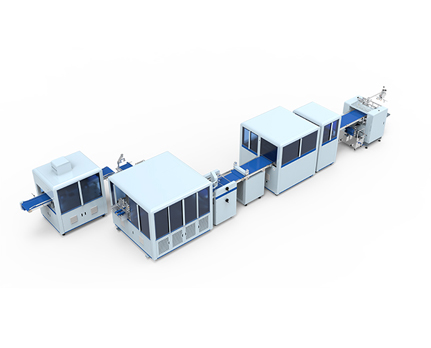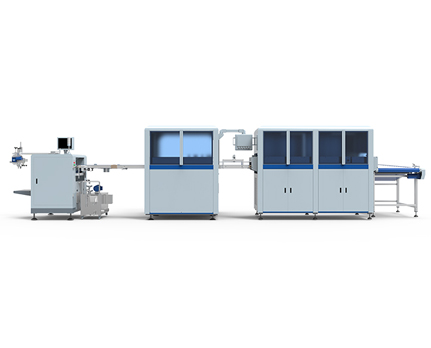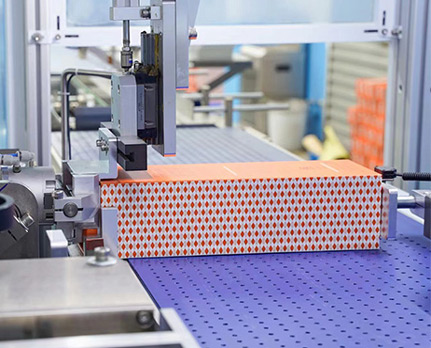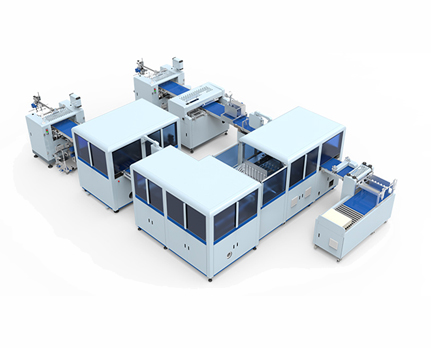Wine packaging production involves a key decision: choosing traditional manual production lines or modern automated equipment. This article compares these two options across labor cost, efficiency, quality, and more, helping wineries and packaging factories optimize their production processes to meet the demands of high-end wine packaging.
Traditional Manual Lines: Require multiple skilled workers to handle separate tasks, such as cardboard cutting, box folding, inner support assembly and gluing. Training new employees takes significant time and resources, while labor turnover often leads to unexpected additional costs.
Automatic Wine Box Making Machine: Relies on high automation to complete most production processes independently. It reduces the number of workers needed and eliminates costs associated with labor shortages or skill gaps.
Traditional Manual Lines: Feature a fragmented workflow where cutting, folding and assembly are done separately. Time is wasted on transferring materials between workstations, and disjointed steps often cause delays—especially for large-volume orders.
Automatic Wine Box Making Machine: Integrates the entire production process, including box forming, inner support assembly and gluing, into a single continuous line. No manual handover is required, which significantly shortens the production cycle.
Traditional Manual Lines: Are prone to inconsistencies, such as uneven box edges, misaligned gluing or irregular box shapes. These issues stem from variable manual pressure, visual judgment errors or worker fatigue, and they harm the premium image of high-end wine packaging.
Automatic Wine Box Making Machine: Adopts visual positioning technology with a precision of ±0.1mm. It ensures uniform box dimensions, neat gluing and stable structures, making it ideal for complex box types like hexagonal or windowed wine boxes.
Traditional Manual Lines: Often result in material overuse due to manual cutting and folding. Examples include uneven cardboard trimming and incorrect size cuts, and high wastage rates directly increase raw material costs.
Automatic Wine Box Making Machine: Optimizes material cutting through automated control. It minimizes unnecessary material waste, aligning with the cost-saving needs of large-batch wine box production.
Traditional Manual Lines: Struggle with complex wine box designs, such as multi-angle boxes and boxes with inner partitions. These designs require more time and highly skilled workers, and consistent quality is difficult to guarantee.
Automatic Wine Box Making Machine: Flexibly adapts to diverse box types, including hexagonal and windowed wine boxes, via adjustable settings. It ensures stable production even for custom or complex packaging designs.
From labor cost and efficiency to quality, material utilization and adaptability to complex box types, the Automatic Wine Box Making Machine addresses the pain points of traditional manual lines. It cuts labor expenses, speeds up production, guarantees stable quality, reduces waste and meets diverse packaging needs—all of which are key for wineries looking to enhance their competitiveness.
To explore how this equipment fits your specific wine packaging requirements, visit our product page for detailed specifications and real-world application cases.




GET A QUOTE
export@86jg.com